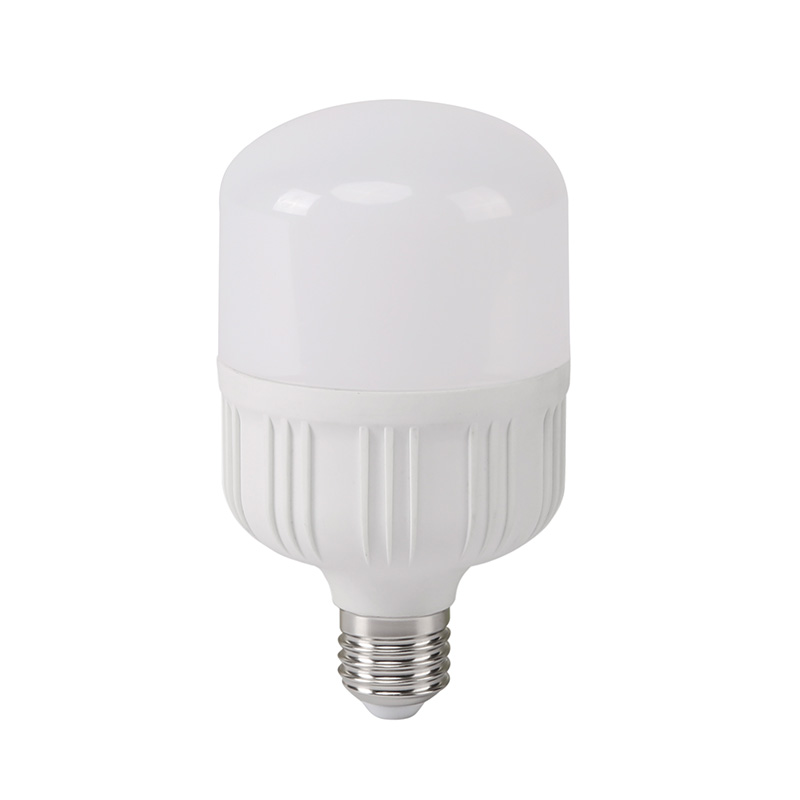 English
English-
 English
English -
 Español
Español -
 Português
Português -
 русский
русский -
 Français
Français -
 日本語
日本語 -
 Deutsch
Deutsch -
 tiếng Việt
tiếng Việt -
 Italiano
Italiano -
 Nederlands
Nederlands -
 ภาษาไทย
ภาษาไทย -
 Polski
Polski -
 한국어
한국어 -
 Svenska
Svenska -
 magyar
magyar -
 Malay
Malay -
 বাংলা ভাষার
বাংলা ভাষার -
 Dansk
Dansk -
 Suomi
Suomi -
 हिन्दी
हिन्दी -
 Pilipino
Pilipino -
 Türkçe
Türkçe -
 Gaeilge
Gaeilge -
 العربية
العربية -
 Indonesia
Indonesia -
 Norsk
Norsk -
 تمل
تمل -
 český
český -
 ελληνικά
ελληνικά -
 український
український -
 Javanese
Javanese -
 فارسی
فارسی -
 தமிழ்
தமிழ் -
 తెలుగు
తెలుగు -
 नेपाली
नेपाली -
 Burmese
Burmese -
 български
български -
 ລາວ
ລາວ -
 Latine
Latine -
 Қазақша
Қазақша -
 Euskal
Euskal -
 Azərbaycan
Azərbaycan -
 Slovenský jazyk
Slovenský jazyk -
 Македонски
Македонски -
 Lietuvos
Lietuvos -
 Eesti Keel
Eesti Keel -
 Română
Română -
 Slovenski
Slovenski -
 मराठी
मराठी -
 Srpski језик
Srpski језик
How Do You Choose the Right LED Light Bulb?
2024-09-30

What factors should you consider when selecting LED light bulbs?
Firstly, it is important to select the right bulb shape and size based on the intended use. Secondly, you should consider the color temperature of the bulb, which is measured in Kelvins (K) and indicates the hue of light emitted. Additionally, you should look at the bulb's brightness, measured in lumens, to determine the amount of light produced. Finally, you should assess the bulb's lifespan and energy efficiency rating, which indicates the level of energy used to produce light.
How does LED lighting compare to other types of lighting?
Compared to incandescent bulbs, LED lighting consumes up to 90% less energy and lasts up to 25 times longer. Compared to Compact Fluorescent Lights (CFLs), LEDs offer better color quality and a longer lifespan, and they do not contain mercury, which is harmful to the environment. LEDs are also easier to install and have superior durability and resistance to shock and vibration.
What are the environmental benefits of LED lighting?
LED lighting creates less pollution and requires less energy to manufacture, reducing its carbon footprint. Additionally, LED bulbs do not contain hazardous chemicals such as mercury, which can contaminate the environment. With longer lifespans, LED bulbs also reduce the waste generated by frequent bulb replacements.
Are there any potential health risks associated with LED lighting?
LED lighting emits blue light, which can interfere with circadian rhythms and disrupt sleep if used excessively at night. However, this can be mitigated by using bulbs with lower color temperatures, installing dimmer switches, or using blue-light blocking glasses. Additionally, the American Medical Association recommends that outdoor LED lighting be properly shielded to prevent glare and light trespass, which can disrupt wildlife and interfere with human vision.
In conclusion, LED light bulbs offer a range of benefits over traditional lighting options, including energy efficiency, environmental sustainability, and durability. When selecting LED bulbs, it is important to consider factors such as bulb shape and size, color temperature, brightness, lifespan, and energy efficiency rating. By making informed choices, consumers can enjoy the many benefits of LED lighting while minimizing potential downsides.
Ningbo Guangji Lighting Technology Co., Ltd. is a leading manufacturer of energy-efficient LED lighting solutions. With a commitment to innovation, sustainability, and customer satisfaction, we offer a range of high-quality LED bulbs for residential, commercial, and industrial applications. To learn more, please visit us at https://www.760gj.com or contact us at info@gj-light.com.
Reference List
1. Schubert, E.F., and Kim, J.K. (2005). Solid-State Light Sources Getting Smart. Science, 308(5726), 1274-1278.
2. Berman, S. et al. (2014). Don’t be afraid of the dark: the effects of adding short-wavelength light to a retirement home. Lighting Research and Technology, 46(2), 141-155.
3. Kostovski, G. (2012). An environmental evaluation of new lighting technologies: Life cycle assessment of AL and LED lamp. ERCIM News, 89.
4. Bullough, J.D., and Rea, M.S. (2003). Measurements of Light Pollution. Lighting Research and Technology, 35(4), 269-277.
5. Wei, P., et al. (2011). Improvement of Life-cycle Energy Efficiency and Greenhouse Gas Emissions of Light Emitting Diode (LED) Lighting Systems: Case Studies from the State of California. Environment Science and Technology, 45(1), 142-149.
6. Ottoni, C.A. et al. (2009). Effects of LED Light Exposure on an Experimental Model of Retinal Degeneration. Investigative Ophthalmology and Visual Science, 50(12), 6078-85.
7. Bierman, A., and Bierman, E. (2007). LEDs: The Future of Lighting, According to Manufacturers. Architectural Lighting, 9(2), 16-19.
8. American Medical Association. (2016). Human and Environmental Effects of Light Emitting Diode (LED) Community Lighting. Report 5-A-16. Retrieved from https://www.ama-assn.org/system/files/2019-06/18-handbook-addendum-update-2018.pdf.
9. Targosz, D., et al. (2016). The Environmental and Economic Life Cycle Analysis of LED and OLED Displays. Journal of the Society of Dyers and Colourists, 132(5), 340-350.
10. Narendran, N. (2011). Lighting Systems for Older Adults and People with Visual and Cognative Impairments. In Shi, J. et al. (eds.), Proceedings of the 2011 International Conference on Indoor Positioning and Indoor Navigation, Springer, Berlin, Heidelberg.




